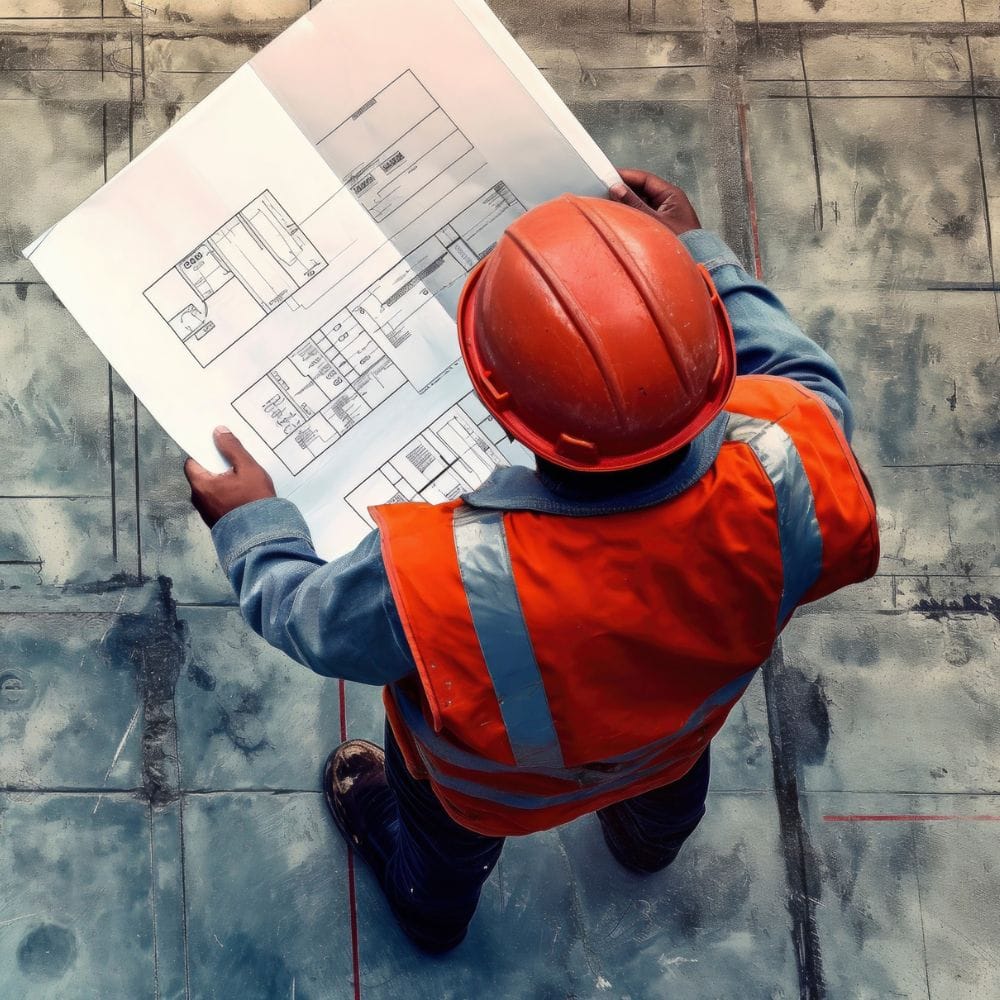Chapter 3: Construction Execution – Precision, Efficiency, and Data-Driven Control
The construction phase is where BIM proves its value: Digital models meet physical reality, blending innovation, process discipline, and human expertise. This chapter explores how Bavaria and Baden-Württemberg leverage BIM to master this balancing act – from AI-powered clash detection to blockchain-based change management.

3.1 Model-Based Tendering: From Theory to Measurable Precision
Linking BIM models to tenders revolutionizes cost calculation. In Baden-Württemberg’s Filstal Bridge project, IFC data combined with GAEB-XML reduced quantity takeoff errors by 12%. Algorithms analyzed rebar layouts and concrete volumes while pulling real-time sustainability data (e.g., EPDs).
Challenges:
- Data Fragmentation: 43% of contractors report mismatches between models and bills of quantities (Bavarian Construction Industry Survey, 2024).
- Software Gaps: Only 22% of tools support both GAEB and IFC.
3.2 Clash Detection & QA: AI as a Game-Changer
Modern clash detection goes beyond pipes in ceilings. During the Munich U-Bahn Expansion, AI tools predicted logistical conflicts invisible in 2D plans, like crane positions blocking emergency routes.
VDI 2552 Part 4 mandates checks for:
- Hard Clashes (e.g., structural conflicts)
- 4D Soft Clashes (e.g., timeline overlaps)
- Operational Risks (e.g., maintenance access)
Case Study: The Stuttgart Town Hall Retrofit required 35% post-hoc MEP adjustments due to incomplete as-built data.
3.3 Progress Documentation: IoT Over Excel
Manual reporting is obsolete. At BER Airport Terminal 3:
- RFID Chips in precast elements track installation times.
- Drones capture daily progress, auto-synced with BIM via AI.
- BIM Tickets in CDEs log deviations in real time.
Challenge: 68% of firms face unclear CDE access rights (Baden-Württemberg Construction Survey, 2024).
3.4 Logistics Planning: Beyond Digital Schedules
BIM-driven logistics isn’t just about truck routes. The Allgäu Highway Church project used ML to:
- Predict material demand from historical data.
- Optimize just-in-time deliveries (19% CO₂ reduction).
- Enable reverse logistics via BIM material passports.
Stuttgart Trade Fair employs digital twins to simulate hall component installations under weather constraints, cutting empty truck runs by 30%.
3.5 Change Management: From Chaos to Blockchain Clarity
Changes are inevitable, but their impact isn’t. The BMDV’s Model BIM Contract requires:
- Impact analysis on cost, time, and sustainability.
- Digitally signed approvals.
- Version-controlled CDE updates.
At Berlin-Tegel Airport Demolition, blockchain logs every change with immutable timestamps, enabling full traceability.
3.6 Digital Twins in Execution: AR/VR Revolution
The line between digital and physical blurs:
- Augmented Reality: Workers at Stuttgart Central Station use HoloLens to overlay reinforcement plans onto structures (±5 mm accuracy).
- Predictive Maintenance: Sensors in the Munich North Ring forecast concrete fatigue, auto-triggering maintenance tickets.
Outlook: Autonomous Sites & Circular Logistics
- Self-Learning Sites: KIT Karlsruhe tests robots that interpret BIM data for automated steel assembly.
- Blockchain Material Passports: The Allianz Arena Retrofit tracks 81% recycled concrete via digital certificates.



